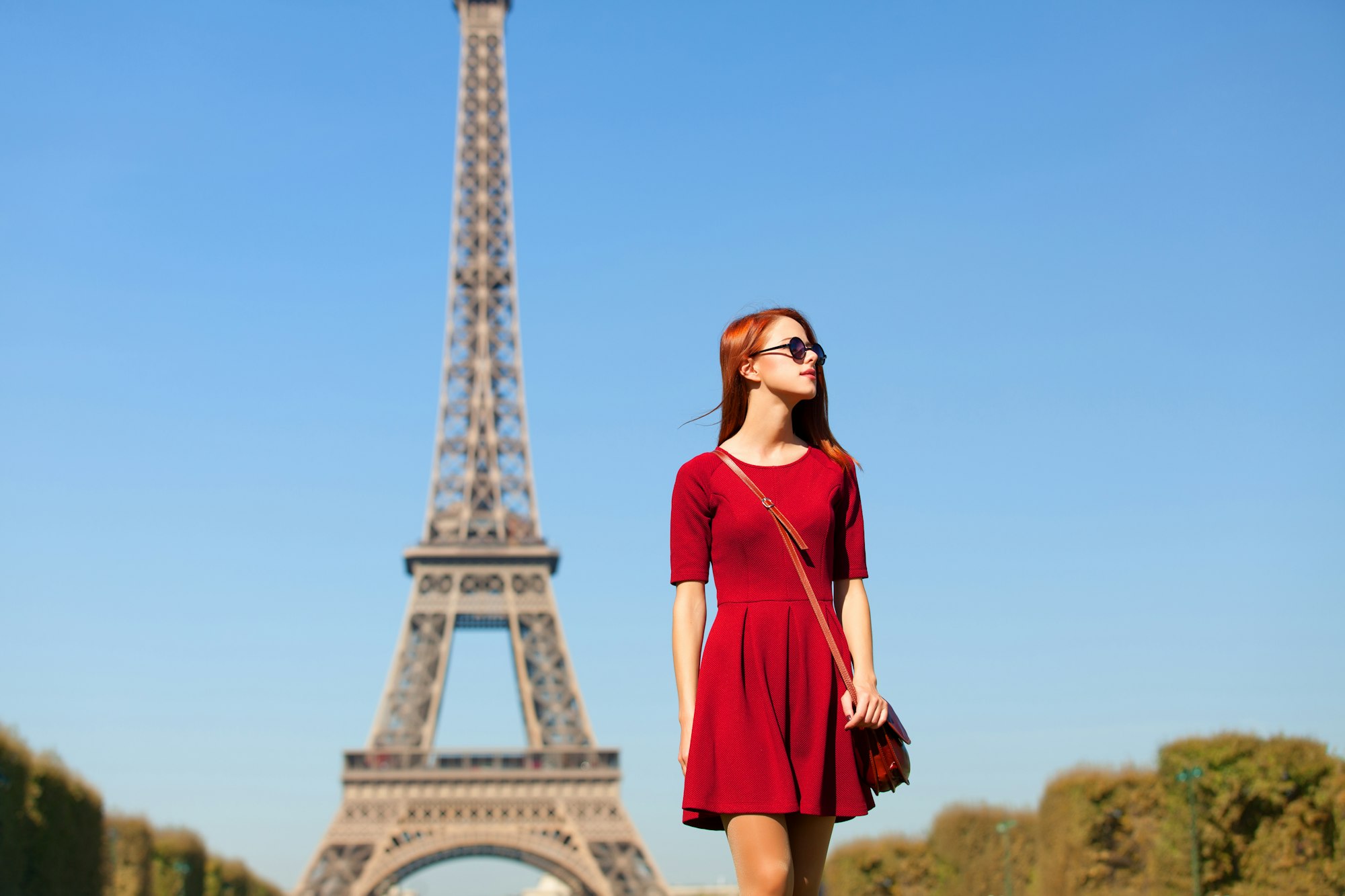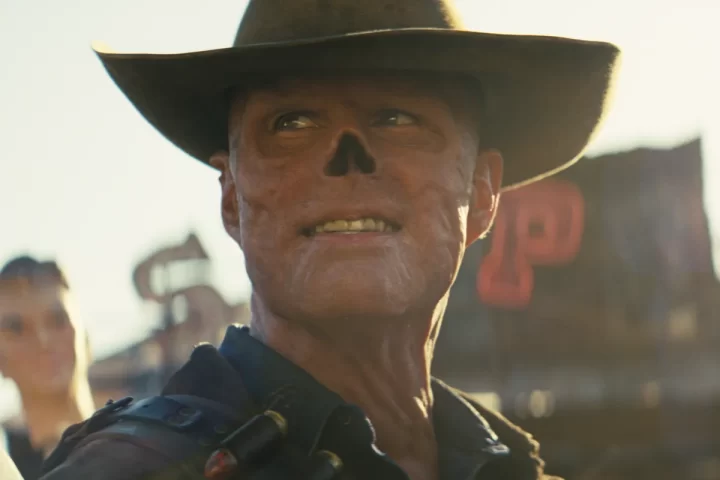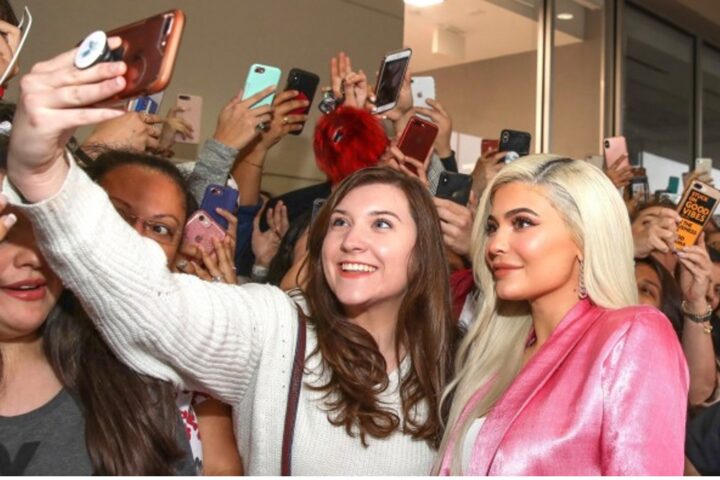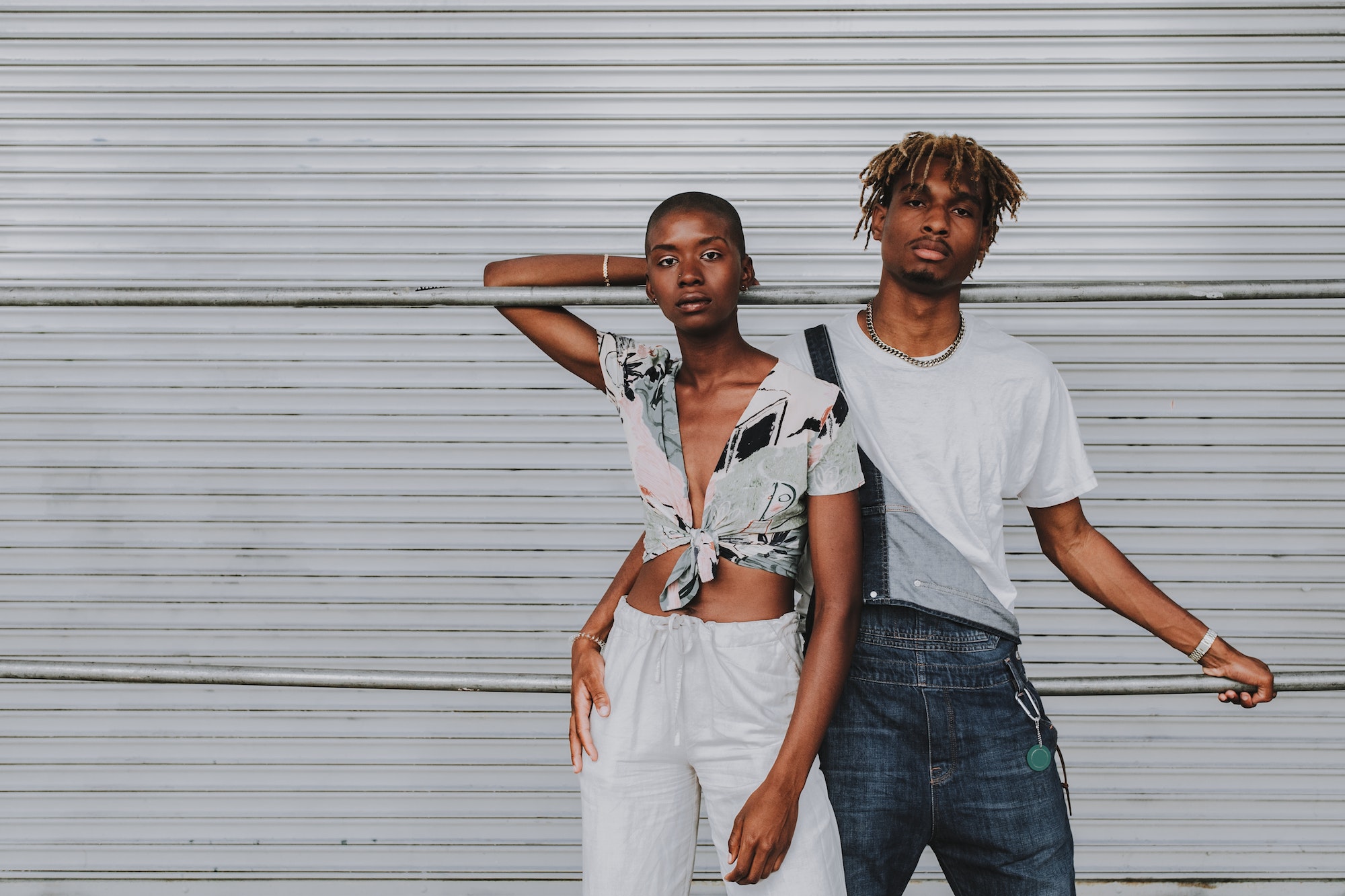Paris! Let’s just accept that we all have dreamt about it whether it is to see the Eiffel Tower or just to stroll around the Fashion Capital pretending that we know the difference between Haute Couture and Haute dog. From the romantic milieu di of Montmartre to the edgy energy of Le Marais, Paris oozes fashion from every corner. It is the epitome of fashion excellence, renowned for its impeccable taste, unrivalled creativity, and timeless elegance, no wonder why it’s called the Fashion Capital of the world. And let’s not forget about Paris Fashion Week – the holy grail of fashion events. Twice a year, designers, celebrities, and fashionistas from all over the globe descend upon the city to get a sneak peek at the next big thing in style. It’s like the Super Bowl of fashion, except with way more glitter and way fewer touchdowns.
For Paris, to be bestowed with the title, “Fashion Capital of the World”, the history plays a great role, dating back to 17th Century, under the reign of King Louis, known for his extravagant taste and grandeur and with that he did not only rule France but also ruled the Fashion world. It is known that from a young age, Louis XIV understood the power of clothing as a symbol of status and power. He meticulously curated his wardrobe, favouring sumptuous fabrics, intricate embroidery, and opulent accessories. The King’s fashion choices not only reflected his personal tastes but also served as a means of asserting his authority and magnificence.
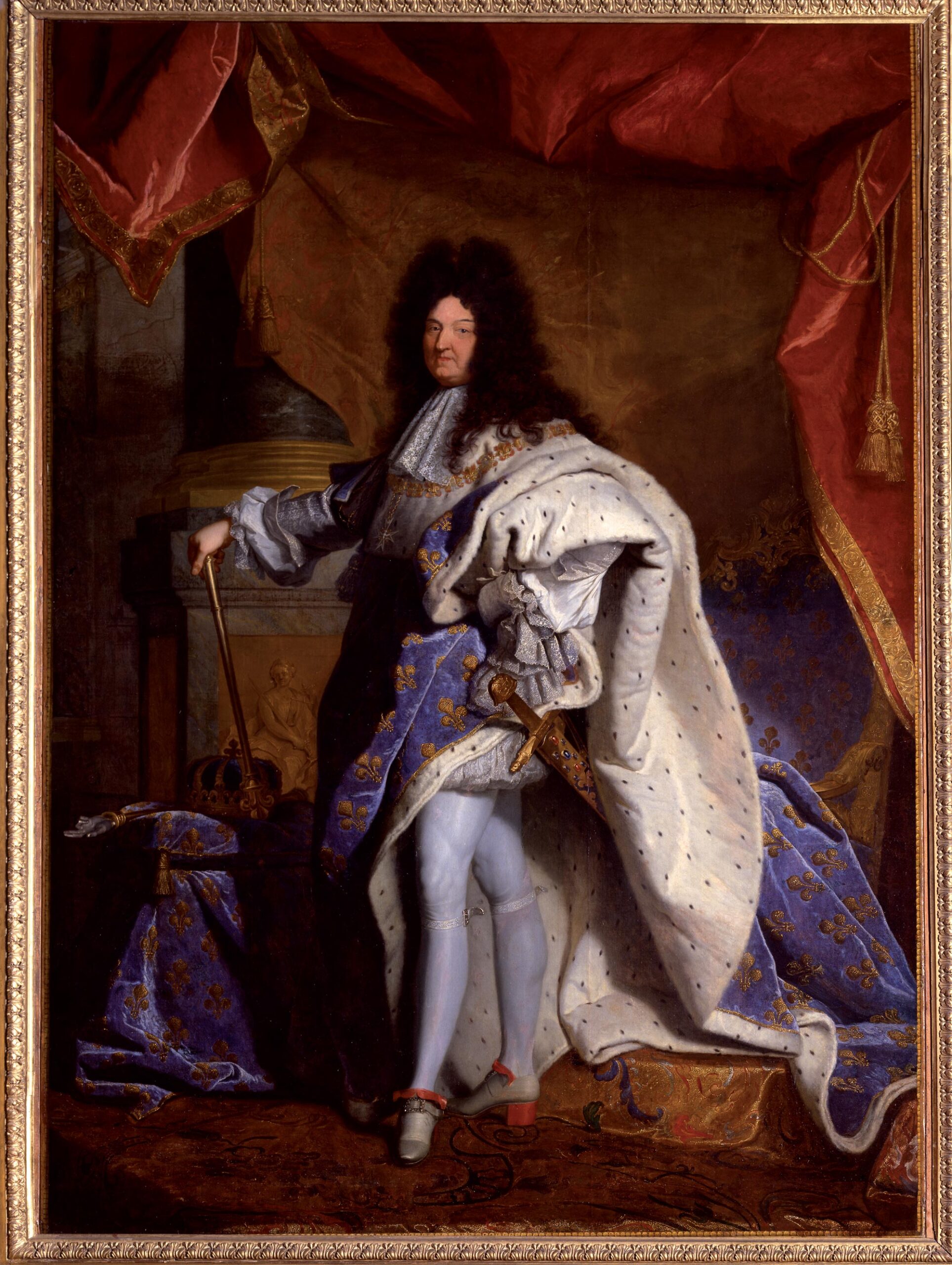
Under Louis XIV’s patronage, the royal court became a beacon of creativity, attracting artisans and craftsmen from far and wide to showcase their talents. The sumptuary laws enacted during his reign not only regulated clothing but also elevated Paris as the arbiter of style and sophistication throughout Europe.
One of Louis XIV’s most enduring contributions to fashion was the establishment of the standard fashion seasons—spring/summer and fall/winter. The Sun King understood the importance of seasonal trends in driving consumer demand and stimulating the economy. By mandating the creation of new fashion lines and textiles each season, Louis XIV boosted the textile industry’s economy and solidified Paris’s position as a global fashion hub. Now we know whom to thank for those runway shows we drool over twice a year.
The Grand Palace of Versailles played a central role in Louis XIV’s fashion legacy. Built in the outskirts of Paris, Versailles served as the seat of the French monarchy and the epicentre of courtly life during Louis XIV’s reign. It was here that the King established a rigid hierarchy of etiquette and protocol, including strict dress codes that dictated what could be worn at court.

Louis XIV transformed Versailles into a veritable showcase of luxury and extravagance, hosting lavish balls, receptions, and ceremonies that attracted the aristocracy from across Europe. The palace became a breeding ground for fashion innovation, with designers vying for royal patronage and the opportunity to showcase their creations in the illustrious court of Versailles.
The formalisation of Parisian fashion came to fruition in the 19th century with the establishment of the Chambre de commerce de la couture, a governing body that laid the foundation for haute couture and positioned Paris as the nucleus of high fashion. This institution, later evolved into the Fédération de la Haute Couture et de la Mode, played a pivotal role in promoting French fashion internationally and preserving its legacy of excellence. And it was also the time when Parisian designers like Charles Fredrick Worth pioneered the art of creating custom-made, high-end fashionable garments known as haute couture. This tradition of couture craftsmanship continues to thrive in Paris till today.
But Parisian fashion isn’t just about haute couture; it’s also about embracing diversity and celebrating individuality. From the avant-garde designs of emerging designers to the street style of everyday Parisians, the city’s fashion scene is a vibrant tapestry of styles and influences. Paris Fashion Week, with its eclectic mix of runway shows, presentations, and events, reflects this diversity, showcasing the full spectrum of creativity and innovation that defines Parisian fashion. Moreover, Paris’s influence on global fashion is further amplified by its role as a center of fashion education and innovation. The city is home to some of the world’s most prestigious fashion schools, including Parsons Paris and Studio Bercot, where aspiring designers from all over the world come to hone their craft and learn from the best in the industry. This emphasis on education and creativity ensures that Paris remains a breeding ground for new talent and fresh ideas, perpetuating its status as a global fashion powerhouse.
Furthermore, Paris’s cultural heritage and architectural splendour provide an endless source of inspiration for designers and creatives. From the ornate beauty of the Palais Garnier to the romantic allure of the Pont des Arts, Paris’s landmarks and monuments serve as a backdrop for some of the most memorable fashion moments in history. It’s a city where every street corner tells a story, and every building inspires a new collection.

What sets Paris apart as a fashion capital is its ability to evolve and innovate while staying true to its roots. While steeped in tradition, Parisian fashion is anything but stagnant. Designers continually push the boundaries of creativity, infusing classic styles with a modern twist and embracing new technologies and materials. From sustainable fashion initiatives to groundbreaking collaborations, Paris remains at the forefront of innovation, driving the industry forward into the future.
In a world where trends come and go, Paris stands as a timeless bastion of style, creativity, and elegance. From its rich history and cultural heritage to its global influence and economic prowess, Paris embodies the essence of what it means to be a fashion capital. As we navigate the ever-changing landscape of fashion, one thing remains certain—Paris will forever reign as the undisputed epicentre of all things stylish, captivating the hearts and minds of fashion lovers around the world.
References
- Articles
- DeJean, Joan, The Essence of Style: How The French Invented High Fashion, Fine Food, Chic Cafés, Style, Sophistication, and Glamour, New York: Free Press, 2005
- “18th-century Paris: The capital of luxury”. com. 29 July 2011.
- Why is Paris the Capital of Fashion – LoveToKnow – Women’s Fashion
- French fashion facts– Paris Digest
- Websites
- https://www.flickr.com/photos/riverap1/3736516253/
- https://www.britannica.com/topic/Palace-of-Versailles#/media/1/626457/200300
- https://media.cnn.com/api/v1/images/stellar/prod/240126130220-14-paris-couture-fashion-week-2024.jpg?q=w_1160,c_fill/f_webp
Author:
 Sanjana Bishnoi, (Intern at Fashion Law Journal) a fifth-year law student at Bennett University, explores the intersection of law and fashion. With a hobby in art and craft and a keen interest in fashion, she delves into the legal landscape of the fashion world. With this article, she attend to bring the readers’ attention towards top ten landmark judgement that has shaped fashion industry.
Sanjana Bishnoi, (Intern at Fashion Law Journal) a fifth-year law student at Bennett University, explores the intersection of law and fashion. With a hobby in art and craft and a keen interest in fashion, she delves into the legal landscape of the fashion world. With this article, she attend to bring the readers’ attention towards top ten landmark judgement that has shaped fashion industry.


